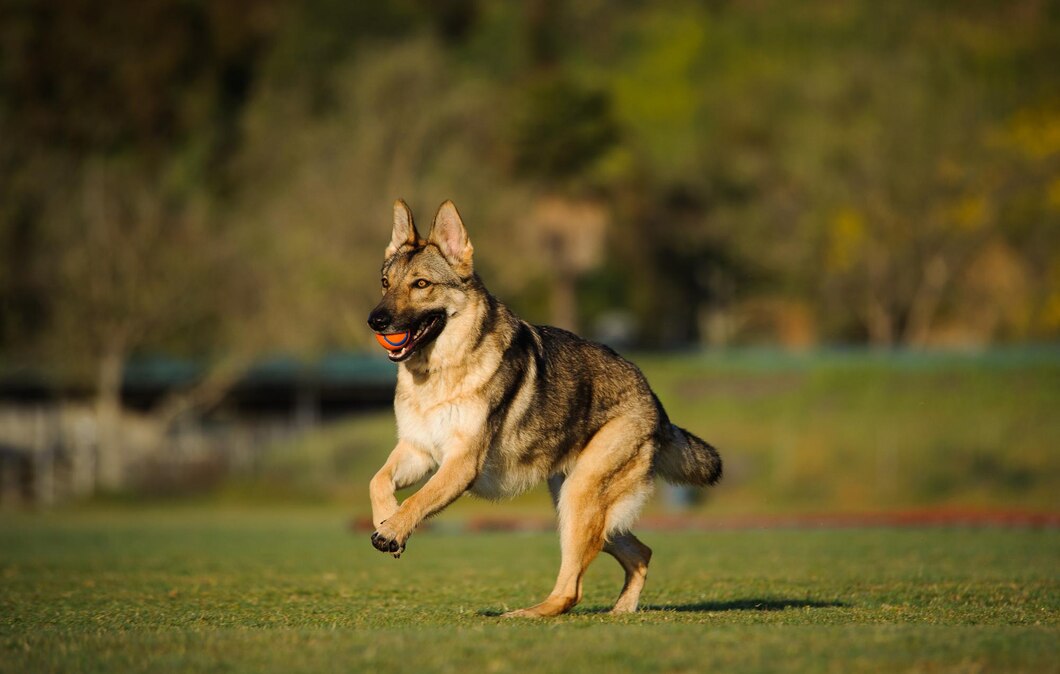The German Shepherd is one of the world’s most popular and admired dog breeds, known for its intelligence, loyalty, and working ability. But behind this iconic breed lies a fascinating history that dates back to the late 19th century. Let’s explore how this breed came into existence and rose to global fame.
Ancient Roots: The Ancestry of the German Shepherd
Although the German Shepherd as we know it today is a modern breed, its origins trace back to ancient working dogs in the regions of Scandinavia and northeastern Russia. These early dogs lived and worked in cold, rugged environments, often assisting humans in herding and guarding livestock.
It is believed that wolf blood ran through the veins of these ancestral dogs, contributing to their strength, endurance, and sharp instincts — traits that are still evident in German Shepherds today.
The Birth of a Breed: 1882 in Hanover
The official history of the German Shepherd breed begins in 1882, when a dog named Greif was showcased at a dog exhibition in Hanover, Germany. Greif represented the early ideal of what would later become the German Shepherd: a balanced mix of agility, strength, and obedience.
This event marked the beginning of a dedicated effort to standardize and refine the breed.
The Vision of Captain Max von Stephanitz
The most influential figure in the development of the German Shepherd breed was Captain Max von Stephanitz, a former cavalry officer with a deep passion for working dogs. He believed that dogs should be bred for utility and intelligence, not just appearance.
In 1899, von Stephanitz founded the Society for the German Shepherd Dog (Verein für Deutsche Schäferhunde). His efforts focused on refining the breed’s characteristics for working roles — particularly herding, guarding, and protection.
Thanks to his vision and leadership, the German Shepherd quickly gained recognition as a superior working dog.
Global Growth: 27,000 Breeders by 1923
The breed’s popularity spread rapidly. By 1923, just a few decades after its formal recognition, there were 27,000 breeders of German Shepherds worldwide. This explosive growth was driven by the breed’s performance in police work, military service, and its appeal as a loyal companion.
From Germany to the rest of the world, German Shepherds became a symbol of discipline, courage, and intelligence.
Conclusion
The German Shepherd is more than just a beloved pet — it is a breed with deep roots and a powerful history. From the icy lands of ancient Scandinavia to modern households and working roles across the globe, this breed has earned its place in history.

